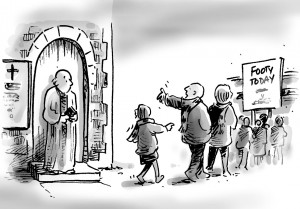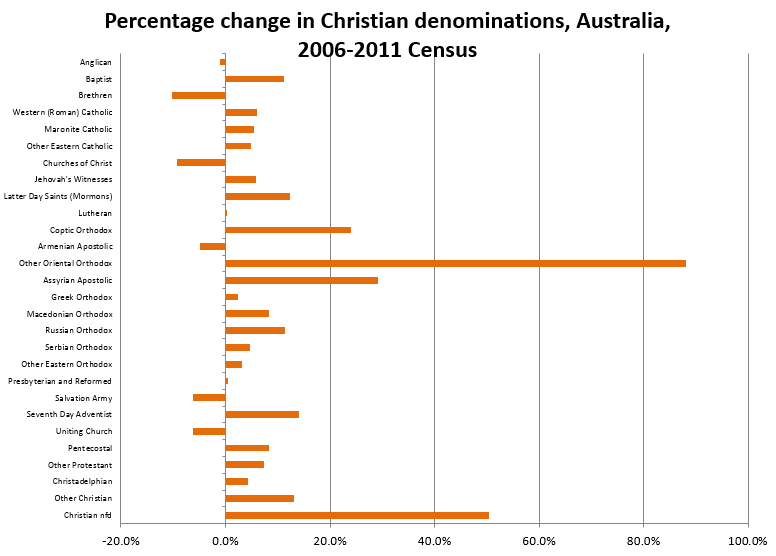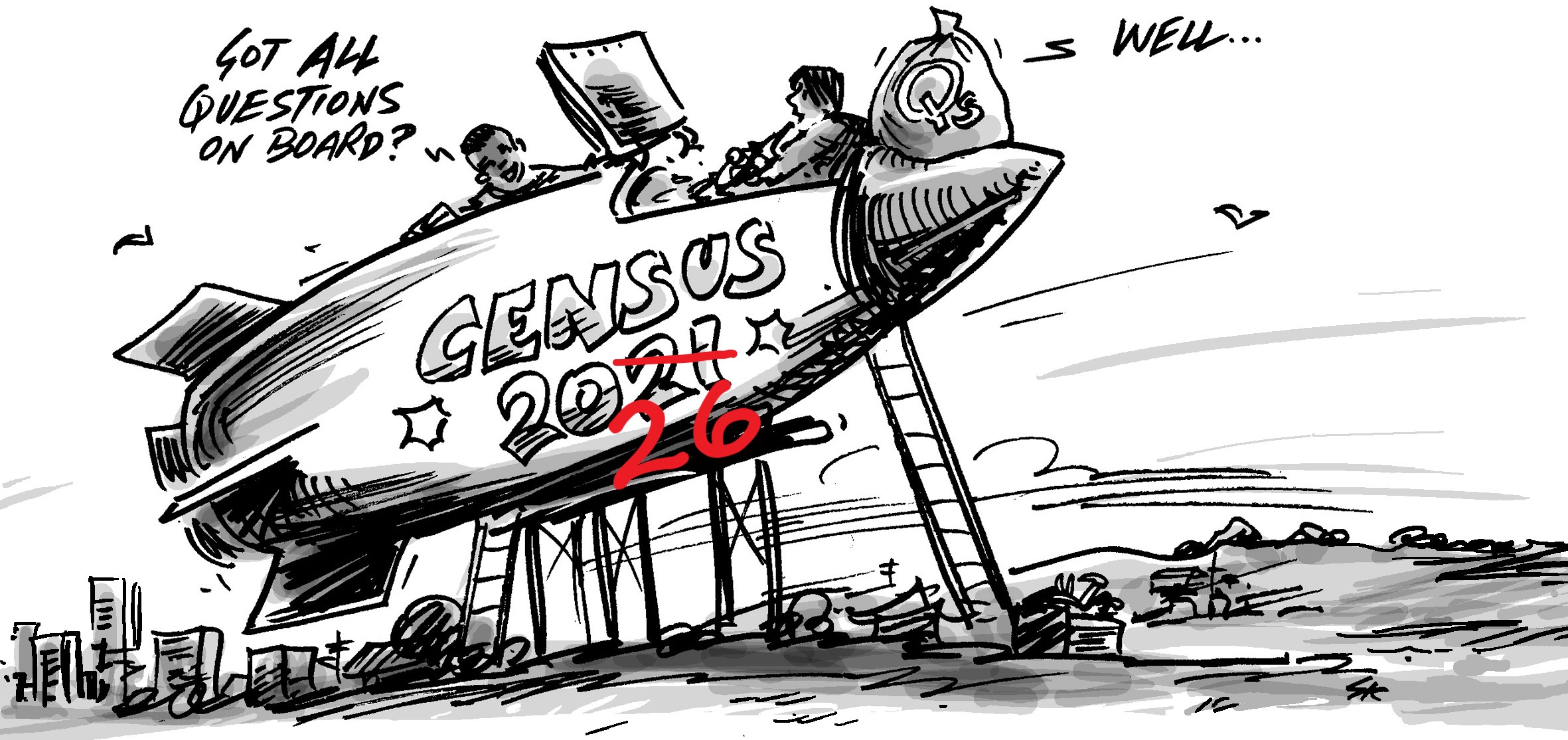Though Christianity as a whole declined as a proportion of the population in 2011 (from 63.9% in 2006 to 61.1% in 2011), there were substantial differences between Christian groups. In general, the large mainstream faiths had stable or declining populations, while smaller Christian groups recorded increases.In this next article in my series on religion in the Australian Census, I look at the growth and decline in denominations of Christian religions, and the growth in a group which represents no denomination at all.

Among the larger Christian denominations, Catholicism grew slightly, adding 310,000 people (6.1%), to remain the largest response in Australia. Many of the major protestant denominations fell, including Anglican (-38,340), Uniting Church (-69,633), Churches of Christ (-5,133) and Salvation Army (-4,044). These are somewhat affected ageing of the UK-born population, as well as the drift to no religion. The Anglican Church, long Australia’s 2nd largest religious grouping has fallen from 23.9% of the population in 1991 to 18.7% in 2011.
In contrast, the Charismatic churches such as Baptist (+35,757) and Pentecostal (+18,305, which includes Hillsong) continued to record increases (they were well up from 1991-2006 so this is a longer term trend).

In percentage terms, some of the smallest denominations in Australia showed the largest increases, particularly “Other Oriental Orthodox”, which has risen from 4,732 people to 8,905. This is still a tiny group and the increase was mainly due to an increase in people from Syria and Ethiopia in Australia.
The biggest story in the Christian denominations is the rise and rise of “Christian, nfd”, or “not further described”. These are people who ignore the Anglican, Catholic, Lutheran etc.check boxes, or any denomination at all, but write in “Christian” in the “Other” box.This group has risen by 157,747 in 5 years, or 50.4% up on 2006, and almost tripling from 1996. It now makes up 2.2% of Australia’s population.
I predicted this increase in my Crystal Ball gazing article. While in many cases, the “nfd” response categories are seen as a measure of how imprecise the Census can be in coding, in this case I think it’s an illuminating view of Australian society. This group now represents people who identify in a broader sense as “Christian” but don’t belong to any particular church but still regard themselves as believing in the principles of the faith. Along with the rise of “No Religion” it can be seen as a drift away from organised religion, and in this case is one of the ways that the religion question has started to measure people’s beliefs rather than affiliations.
It would also have been impacted by a rather racist and completely uninformed email which was circulating at Census time telling people to “mark the Christian box” to avoid having a population overrun with Muslims. Apart from the fact that the Census is not a competition, it seemed to imply that if you didn’t answer the question your religion would default to Islam! Such ridiculous misinformation can be harmful, but in this case seems just to have reinforced an existing trend towards the “Christian nfd” category, by encouraging people to “mark a box” that didn’t exist. There was never any danger of Muslims overtaking Christians in Australia this Census (Christian 61.1%, Islam 2.2%), but perhaps it’s ironic that this email may have pushed the proportion of “Christian not further described” to about the same number as Islam! (they both make up about 2.2% of the population!).
So while the overall Christian numbers were relatively unchanged, there were significant differences in the makeup of this group, particularly with more people aligning themselves with no denomination at all, but nevertheless professing a belief in Christianity.
For an overview of how religion is changing in Australia, see my previous blog. In the next blog in this series, I will look at the geographic distribution of various faiths around Australia.
Access population statistics for Australia, States, Capital Cities, Local Government Areas and suburbs at .id’s demographic resource centre.













